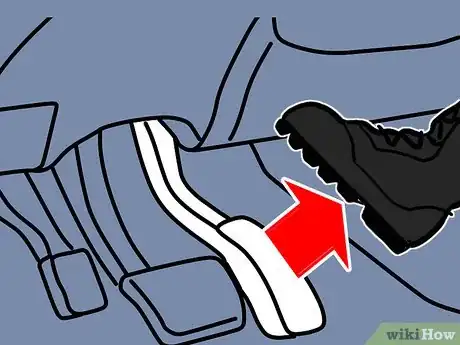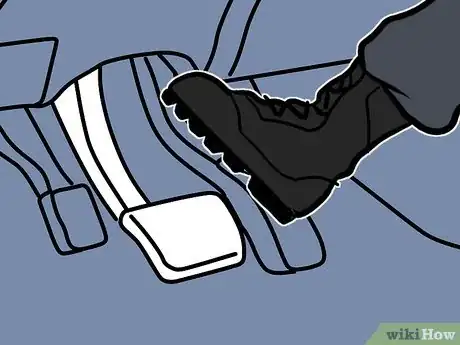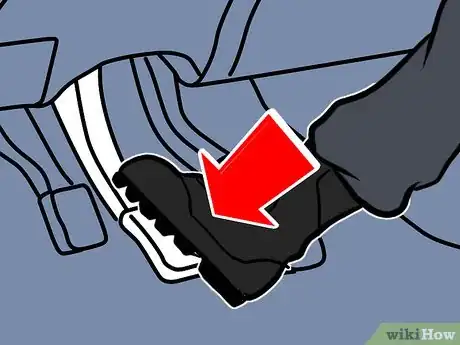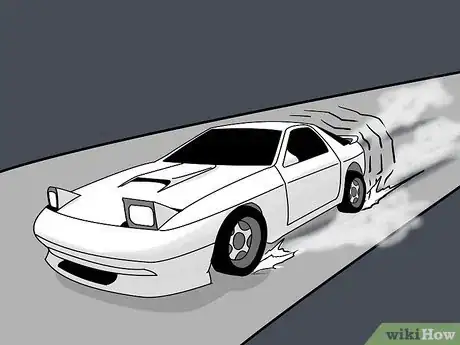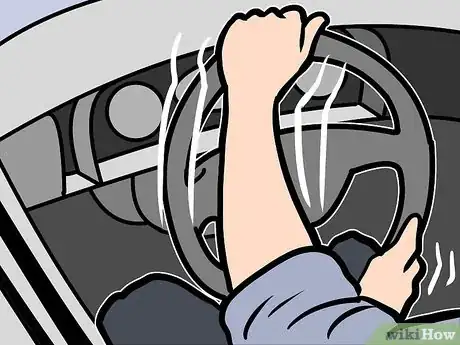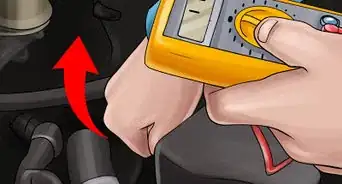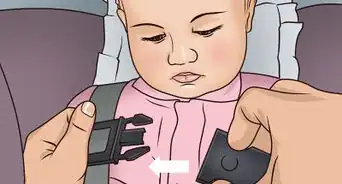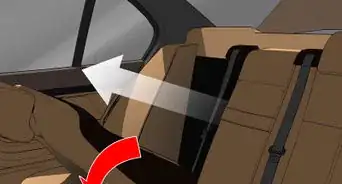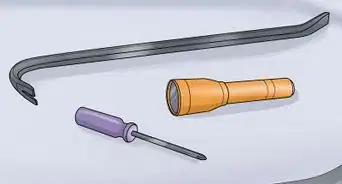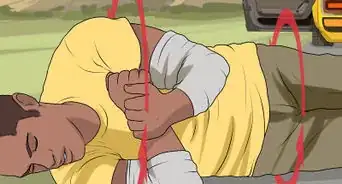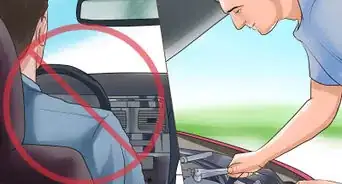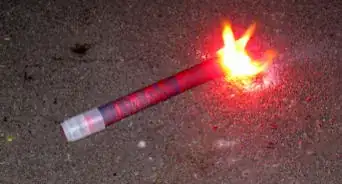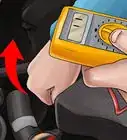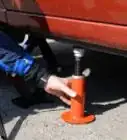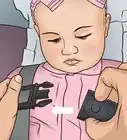X
wikiHow is a “wiki,” similar to Wikipedia, which means that many of our articles are co-written by multiple authors. To create this article, 15 people, some anonymous, worked to edit and improve it over time.
This article has been viewed 30,650 times.
Learn more...
Stop! Do you know how to use the brakes in an emergency? Many accidents occurs since drivers hesitate or brake in a wrong manner, which can be seen through the tire marks leading to the crash.
Steps
-
1Immediately take your foot off of the accelerator.
-
2Quickly have your foot hovering over the brakes.Advertisement
-
3Apply the clutch, this is to prevent the engine from stalling.
-
4Apply the brake immediately after applying the clutch. With the foot hovering in the air, the heel not leaning on the floor of the car, immediately apply the foot brake as hard as possible as quickly as possible. For most drivers, not having extensive training in methods like "threshold" braking or "regressive" braking, this will be the most efficient method of stopping your car quickly and controllably, regardless of road conditions or if the car has ABS or not.
- In cars with ABS, especially in slippery conditions, intervals of howling, screeching or squashing tires can be heard, alongside with pulsation in the pedal, jerks to the steering and chassis, as well as loud noises. This is normal and is indicating that the system is doing its job, slowing you down efficiently, under control, allowing better handling and less wear on the tires.
- In cars without ABS, a strong and constant squeal or splash sound will be emitted from the tires. The wheel will tighten up, jerk and suddenly feel lighter. There might also be a bit of smoke. The wear of the tires will not be too hard, especially in the wet. The car will not swerve or spin, since the inertia is pushing it forward. In road conditions which are slippery, or in split-grip (when two wheels are on a different surface, like a gravel or grassy shoulder), the front of the car might pull slightly sideways, but the car as a whole will keep on sliding dead ahead to a quick stop.
-
5Brake. If there is indeed a need to make an evasive maneuver, always begin with braking. This will slow you down, to enable this procedure to be done more efficiently and controllably, or to absorb the impact should it occur. While steering around objects is technically quicker than stopping before them, steering is not always possible, due to road conditions, speed and other cars. In the meanwhile, the car is still progressing. It is hard, though, to evade an object when braking. The tendency is to stare at it and pray to stop before it. To look away, you need to shake your head, forcing the eyes to follow it, and than focus on a visual target in a direction of possible escape. In a none-ABS car, looking away will also help to get over the urge to stay on the brakes, which disables steering.
-
6If there is a need to brake while turning: take out a bit of the steering input while braking.
- With ABS, brake as hard as possible, and turn as normal while braking.
- Without ABS, brake moderately hard (about 70%) and release the brake to turn. If youre already in a turn, don't brake too hard or you'll lock up the wheels and be unable to steer.
Advertisement
Warnings
- Pumping, squeezing or releasing the pedal will increase braking distance and will not necessarily allow for better control.⧼thumbs_response⧽
- If skidding, don't countersteer and apply the throttle.⧼thumbs_response⧽
Advertisement
About This Article
Advertisement
